THE 12 DISCIPLES WITHIN YOU
Have you ever struggled with certain traits you wished were more available to you—patience, courage, decisiveness, or resilience? Or noticed how certain people, whether real or fictional, seem to embody qualities you admire? What if those traits aren’t outside of you but instead locked within, waiting for you to recognize and activate them?
The concept of the Twelve Disciples has long been interpreted as an external narrative about the followers of Christ. However, this ancient story also serves as a profound metaphor for the traits and aspects within your own psyche. Each disciple represents a quality—both positive and negative—that exists within you. These traits are not bound by religion or history; they are part of the universal human experience.
This is not about becoming someone else or mimicking another person. It’s about unlocking the traits you already have. For instance, if you struggle with patience, unlocking the “Thomas” aspect of your psyche gives you access to that patience when you need it most. Conversely, if you find yourself stuck in patterns driven by a negative trait, like self-doubt or manipulation, recognizing and addressing that aspect allows you to regain control and move forward with intention.
Through this framework, you can:
• Explore the positive and negative traits associated with each archetype.
• Recognize which traits you’ve forbidden yourself to use due to past experiences or trauma.
• Apply tools like the RAA method (Recognize, Acknowledge, Accept) to unlock these traits and integrate them into your life.
• Begin using these traits as tools for navigating life situations, rather than being controlled by them.
This is about reclaiming your whole self—the full spectrum of traits, emotions, and possibilities within you. Whether you need patience with your child, courage to face a challenge, or even sharpness to protect yourself in certain situations, unlocking these traits allows you to use them intentionally, rather than being at their mercy.
This journey begins with one simple question: Which traits within you are waiting to be unlocked, and how can they serve you?
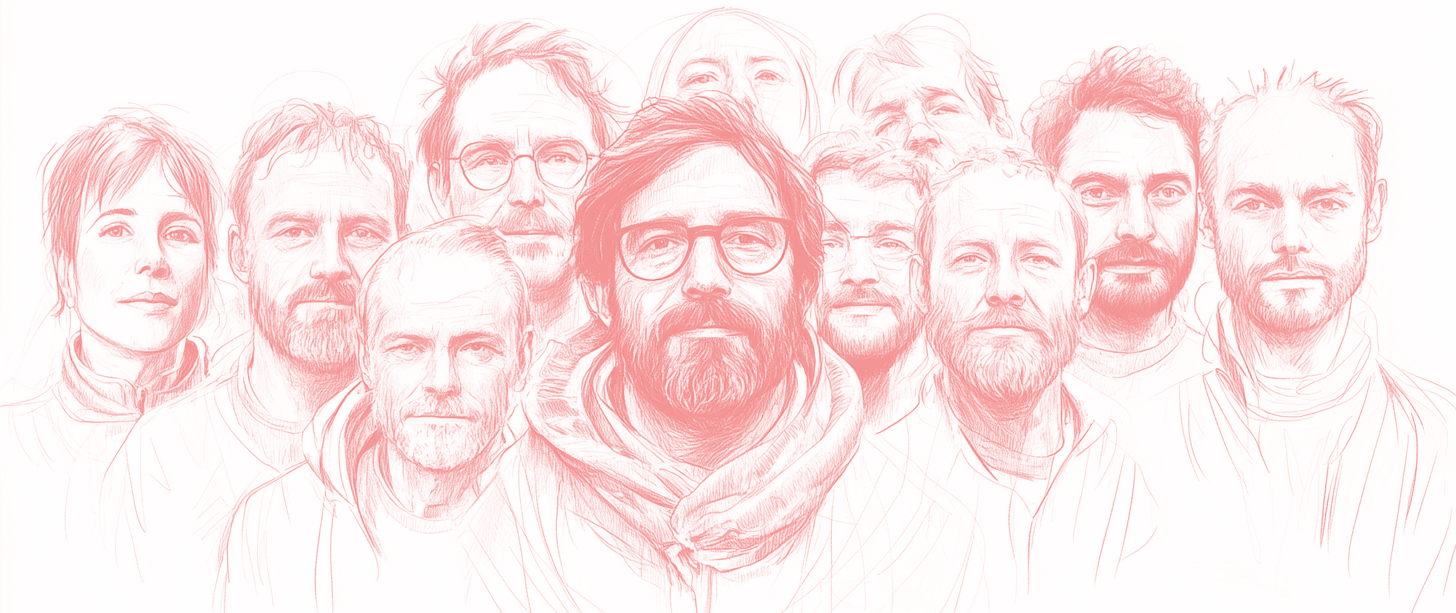
Introduction to Using the Disciples’ Traits in Your Life
The twelve disciples are not just historical figures; they symbolize the aspects of human behavior and thought that we all embody. The stories of the disciples in the Bible were intended as a guide for understanding these aspects within ourselves. Each disciple’s journey reveals the balance between positive and negative traits, showing how these energies can either align us with our deeper purpose or lead us astray.
This symbolism serves as a map for self-awareness. By exploring the traits embodied by each disciple, we can reflect on our own patterns and behaviors, recognizing both the strengths we carry and the challenges we face. The stories demonstrate how these traits can either serve as tools for growth or become obstacles if left unchecked.
For example, Judas’s story illustrates betrayal and dishonesty, but it also highlights strategic thinking and the ability to adapt. By understanding this duality, we can choose to channel these traits positively rather than allowing their destructive potential to dominate. Similarly, Peter’s energy is decisive and bold, but when unbalanced, it can lead to impulsiveness or arrogance. Or to an unfocussed use of this stong energy.
Understanding these traits allows you to see which aspects of yourself are active in any given moment and whether they are serving your true intentions. By consciously working with these energies, you can find balance and make decisions that align with your authentic self.
How to Use This Information
1. Reflect on the Traits: Begin by identifying which traits resonate with your current experiences. Are you feeling confident and decisive like Peter, or are you stuck in overthinking like Philip?
2. Notice Patterns: Consider moments where these traits have helped you or held you back. For example, has the passion of Simon ever led to inflexibility? Or has the skepticism of Thomas prevented you from seizing opportunities?
3. Balance and Integration: Remember, the goal is not to suppress any trait but to understand and balance them. Each disciple’s energy has its purpose—when used consciously, even challenging traits can become powerful tools for growth.
4. Discover Your Inner Team: By recognizing these traits, you can start to see them as an inner “team” working together to help you navigate life. When aligned with your authentic self, these traits create a harmonious flow of energy that guides you toward fulfillment.
Take this opportunity to explore the traits outlined below. Reflect on which ones feel most active in your life and which ones are waiting to be acknowledged and accepted by you as part of the whole team again.
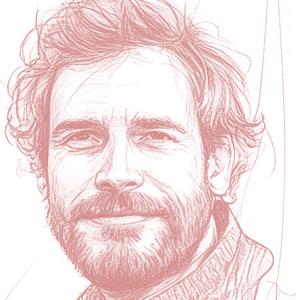 Enthusiasm (John)
Enthusiasm (John)
• Positive Trait: Passion, energy, joy in creation.
• Negative Trait: Over-excitement, burnout, lack of balance. Patience (Thomas)
Patience (Thomas)• Positive Trait: Endurance, calmness, the ability to wait without frustration.
• Negative Trait: Indecision, stagnation, delaying action. Love (Peter)
Love (Peter)• Positive Trait: Compassion, deep emotional connection, empathy.
• Negative Trait: Over-attachment, dependence on others for validation. Discipline (James)
Discipline (James)• Positive Trait: Focus, determination, clear boundaries.
• Negative Trait: Rigidity, harshness, lack of flexibility.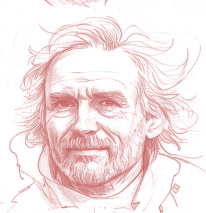 Wisdom (Matthew)
Wisdom (Matthew)• Positive Trait: Insight, deep understanding, good judgment.
• Negative Trait: Over-analysis, mental exhaustion, paralysis by overthinking. Confidence (Philip)
Confidence (Philip)• Positive Trait: Trust in oneself, assertiveness, belief in your own abilities.
• Negative Trait: Pride, arrogance, refusal to listen to others. Faith (Bartholomew)
Faith (Bartholomew)• Positive Trait: Belief in higher powers, spiritual grounding, trust in the process.
• Negative Trait: Blind faith, denial of reality, naivety.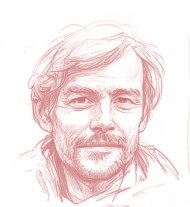 Compassion (Andrew)
Compassion (Andrew)• Positive Trait: Understanding others, offering support, emotional sensitivity.
• Negative Trait: Over-absorption of others’ emotions, becoming overwhelmed. Curiosity (Simon)
Curiosity (Simon)• Positive Trait: Open-mindedness, exploration, eagerness to learn.
• Negative Trait: Distraction, lack of focus, spreading oneself too thin.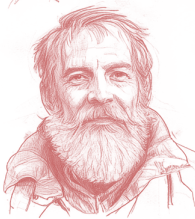 Humility (James the Less)
Humility (James the Less)• Positive Trait: Modesty, willingness to learn from others, openness to feedback.
• Negative Trait: Self-doubt, lack of self-worth, feeling insignificant.-
 Integrity (Jude)
Integrity (Jude)• Positive Trait: Honesty, truthfulness, aligning actions with values.
• Negative Trait: Perfectionism, over-criticism of oneself or others.  Leadership (Judas)
Leadership (Judas)• Positive Trait: Ability to guide others, responsibility, vision.
• Negative Trait: Control, manipulation, desire for power, betrayal.
One disciple, two hats
1 Disciple, 2 Hats
Imagine each of the Twelve Disciples within you wearing two distinct hats, like baseball caps, depending on who is at the controls—your inner hero or your projected self. Every disciple has the capacity to serve either side of your being. They can use both sides of their traits, or what we call the two sides of the coin, to support whichever force is guiding them.
The Two Hats: Inner Hero vs. Projected Self
When your inner hero is in charge, the disciple dons their hero hat. In this mode, their traits are used positively to support your growth, fulfillment, and alignment with your deeper desires. For example, your inner Andrew might express patience and an ability to listen with openness and love, all of which help you maintain peace and balance.
But when the projected self—the part of you shaped by external expectations—takes the reins, the same disciple puts on the ego hat. Here, those same traits are twisted to support the ego’s agenda, keeping you stuck in patterns created by fear or pride. Your inner Andrew, instead of offering patience, might become passive, avoiding important conversations out of fear of conflict.
Using Both Sides of the Coin
The disciples have another interesting feature: they can use both sides of their traits to serve either your inner hero or your projected self. Think of the coin as a double-edged sword. When your inner hero is guiding a disciple, the disciple’s traits are in harmony with your true desires, even when those traits are challenging. For example, your inner James might help you assert your boundaries kindly but firmly, ensuring you stay aligned with your goals.
But when the projected self is in charge, the same disciple might flip that coin and use those traits in destructive ways. Your inner James might, instead, become harsh, over-asserting boundaries out of fear or a desire to control.
Learning to Recognize the Hats
The key is to notice which hat your disciple is wearing at any given time. Is the disciple helping you move closer to your true desires, or are they reinforcing your ego’s projected self-image? It’s all about awareness—learning to tell when the disciple is helping your inner hero navigate towards fulfillment or when they are driving you further into ego-driven loops.
This awareness allows you to consciously switch the hat—returning the disciple’s traits to service of your true self, rather than the projected self, helping you get back on track toward alignment and balance.
External validation
When the disciples have been serving the projected self for an extended period, they start to lose the feedback signals from your inner track system, which are meant to guide you toward your life path and the fulfillment of your inner desires. As you stray further away from these tracks, the signals become weaker, and eventually, they may disappear altogether.
At this point, the disciples instinctively begin seeking external validation from other trains in the outside world, leading to behaviors like betrayal, manipulation, and control. These negative traits often arise because the disciples, in service of the projected self, develop mutual dependencies with external circumstances or people. This is a clear indication that the projected self is in control because the inner hero would never rely on outside validation—knowing it already possesses all the positive and negative traits of the twelve disciples within. The inner hero simply needs to learn how to use them properly.
Occasionally, even when the projected self is in charge, you might stumble upon moments of strong feedback from the track system—like during a conversation where someone mentions something that resonates deeply with your true desires. This can trigger an internal signal, such as a physical reaction (like chills or a gut feeling), reminding you of your true path. These moments, though coincidental, can guide you back to the tracks of alignment if recognized, if you let the inner hero take over the controls and steer you towards tracks that hold these events.
Familiarity and reflection
The people in our lives often act as mirrors, reflecting aspects of ourselves that we might not fully recognize. These reflections can appear in two ways: through admiration or irritation.
Admiration: The Call to Awaken
When you feel drawn to someone—whether it’s their charisma, creativity, strength, or any other quality—it’s often because they embody a trait that exists within you, waiting to be acknowledged and expressed. For instance, when you admire someone’s confidence or decisiveness, it may signal that these traits are latent within you, ready to be unlocked and integrated into your life.
Irritation: The Call to Integrate
On the other hand, when someone deeply irritates or frustrates you, it’s often because they reflect an aspect of yourself that you’ve resisted or suppressed. For example, if assertiveness in others irritates you, it might point to your own Judas or Peter traits—parts of your psyche that you’ve judged, avoided, or left unacknowledged.
Due to past events or experiences, you may have made a decision, consciously or unconsciously, to suppress certain traits within yourself. For instance, if a situation in your life caused a trait you embodied to create conflict or harm, you may have concluded to never use that aspect of yourself again. While this decision may have felt protective or necessary at the time, it can leave parts of you locked away, inaccessible when you need them most.
Recognizing the Reflections
This dynamic—whether through admiration or irritation—is the universe’s way of bringing your attention to the disciples within you that are asking to be unlocked. The traits that others embody are not external to you; they are aspects of your own psyche, reaching out for recognition. By observing your reactions to those around you, you can begin to uncover which disciples are seeking your attention and why.
The Power of Awareness
When you become aware of these reflections, you gain the ability to consciously work with them. Through tools like the RAA framework, you can acknowledge and accept these aspects, moving from unconscious reaction to intentional integration. This process allows you to access the energy and traits of these aspects once again, so you can use them as tools to actively navigate your life journey.
It is only after successfully working through the RAA framework that you are able to shift energy again. At this point, these aspects become available to you as part of your whole team—the collective of traits within your psyche—allowing you to integrate them fully and intentionally into your inner world. This awareness not only changes how you see yourself but also how tour life unfolds, as the very energy you radiate begins to shift.
The people and situations that reflect these aspects of yourself are not random. They are drawn into your reality because of the information your electrons hold. This information acts like a magnet, attracting people or experiences that resonate with unprocessed aspects within you. This is why you might repeatedly encounter similar dynamics or traits in others until you neutralize and integrate those aspects in yourself.
This process is not about punishment but about opportunity—an invitation from your broader essence to recognize and reclaim these parts of your psyche. By doing so, you actively participate in the creation of your reality, as the biblical phrase suggests: “God created mankind in his own image.” Like the Creator, you hold the power to shape your experience, starting from within. As you integrate these aspects of yourself, the information your electrons carry transforms, shifting the energy you radiate and attracting new experiences and different aspects of the relationships you have into your life.
Great! I think adding a closing that bridges this page to the Disciple Recognition page or the minicourse is an excellent idea. It gives the reader a clear direction to continue their journey and keeps the energy of exploration alive. Here’s a draft for the closing section:
Unlock Your Inner Team
The journey of understanding and integrating the disciples within you is an ongoing process of self-discovery and empowerment. By recognizing the traits reflected in the world around you, unlocking suppressed aspects, and aligning with your Inner Hero, you begin to tap into the full potential of your human experience.
This page is just the beginning. If you’re ready to take the next step, explore the Disciple Recognitionpage, where you’ll find detailed insights into each disciple and practical guidance for identifying their presence in your life. Or dive deeper with our upcoming minicourse, designed to help you fully integrate these aspects and create a harmonious inner team.
Your journey toward self-mastery begins with a single step: awareness. From there, it’s about choosing, again and again, to live as the conductor of your own life. Every step you take brings you closer to alignment, fulfillment, and the joy of creation.
Ready to explore further? Let’s continue unlocking the unique potential within you.
